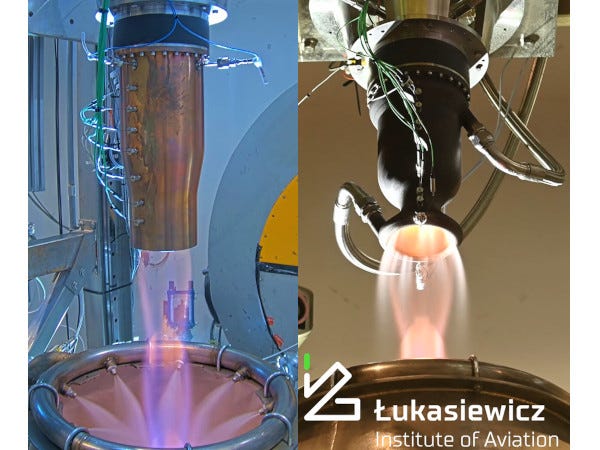ESA Conducts Longer Hot-Fire of Rocket Engine Demonstrator
TLPD Engine Aces Second Round of Tests in Poland
A second run of hot fire tests has been conducted on the Throttleable Liquid Propulsion Demonstrator (TLPD) engine ... a Łukasiewicz Research Network Institute of Aviation rocket engine demonstrator that will be ideal for use as part of upper stages on small rockets. Potential applications for the TLPD engine include spacecraft, kick-stages or explorati…
Keep reading with a 7-day free trial
Subscribe to The Journal of Space Commerce to keep reading this post and get 7 days of free access to the full post archives.



